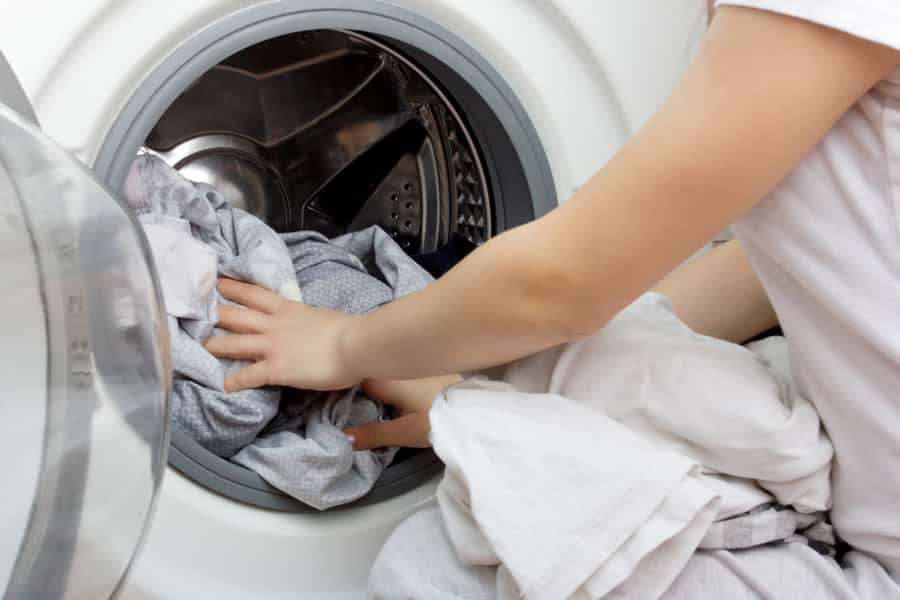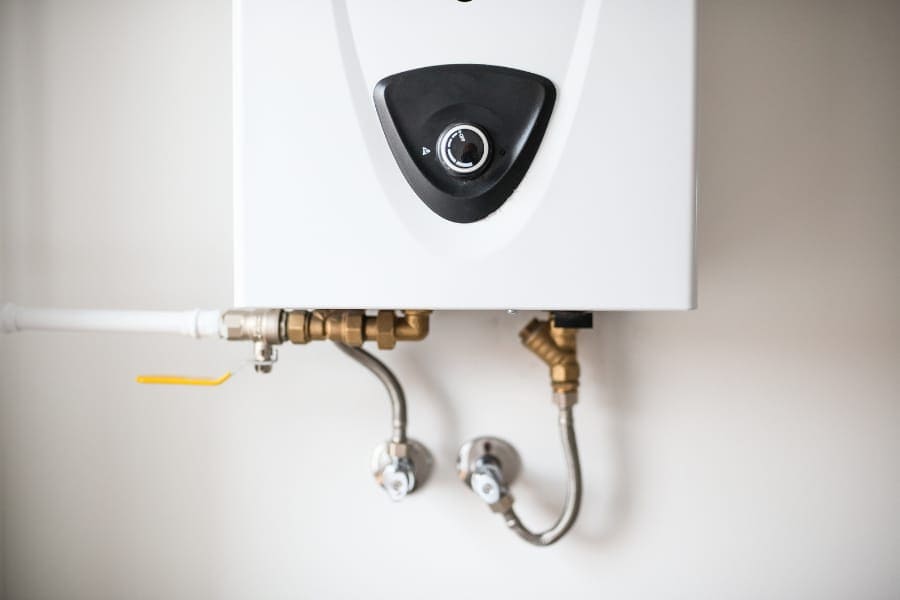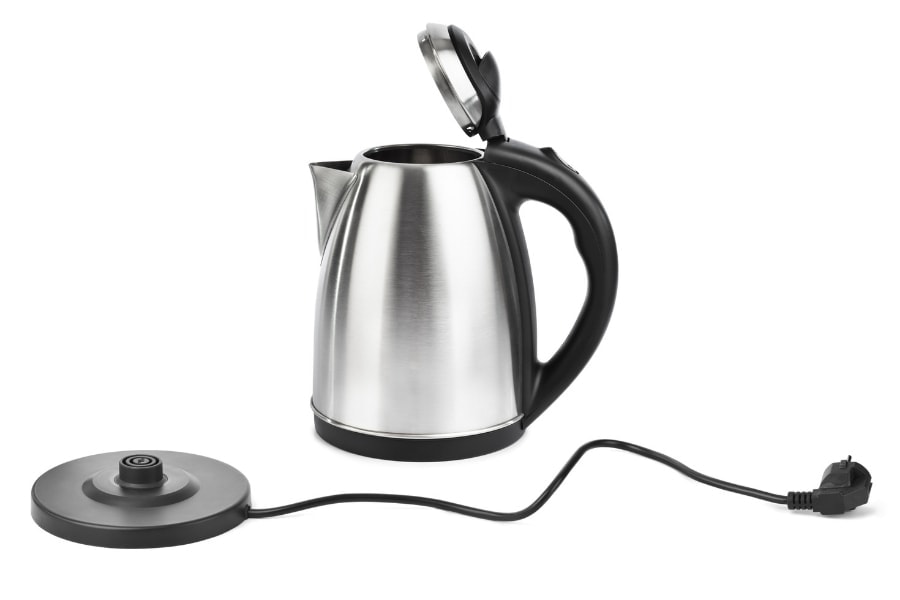Home appliances can assist you with your daily household chores. They help us with our daily tasks, making our life more convenient. Home appliances save our precious time and help us cope with the fast-paced life of the 21st century.
But which appliance consumes more electricity at your home?
Power consumption by an appliance mostly depends upon the power rating (wattage) and run time. When the temperature rises, our energy bills can shoot through the roof because of cooling appliances like an air conditioner. A similar thing happens when you use a room heater in the winter. To avoid high utility bills, we must make our homes as energy-efficient as possible.
Finding ways to save energy and cut costs can be difficult, so where do we begin?
Making your home more energy efficient will allow you to manage your power consumption better. Aside from that, it would help if you first determined which of them consumes the most electricity in your home. So, this article will help you know the appliances which use most of the electricity at home.

List of 15 high electricity-consuming appliances
So, suppose you are still not clear about which home appliances use the most electricity in India. In that case, the following list of devices will help you understand which appliances use the most electricity at home in India. You will also know about the various factors contributing to electricity consumption. Calculate the power consumption of any appliance you want.

1. Refrigerator
Energy Requirement: 200 to 800 watts
Average Run Time: 16 hours/day for 365 days
Annual Power Consumption: 1168 to 4672 kWh
The energy consumed by a refrigerator is the highest as the runs 24×7 around the year. Their electricity consumption depends upon the following factors-
- The capacity of the refrigerator
- Star rating of the refrigerator
- Power is drawn by the compressor and other components
- The efficiency of the refrigerator
The average wattage that your refrigerator per day or year will consume is mentioned in the technical specification sticker attached to your refrigerator.
In general, a refrigerator runs throughout the day without any break which consumes most power at home. However, the best refrigerator with an inverter compressor manages the run time automatically depending on the inner temperature. It turns off the compressor as and when needed.
Thus, a refrigerator that runs for 2/3rd hours nonstop needs electricity 16 hours per day with 200 to 800 watts. A side-by-side refrigerator consumes more energy than a single or double-door fridge.

2. Air Conditioner
Energy Requirement: 600 to 3000 watts
Average Run Time: 10 hours/day for 6 months a year
Annual Power Consumption: 1080 to 5400 kWh
When it comes to air conditioners, the electricity consumption mostly depends upon the star rating of the air conditioner, capacity, and type of compressor.
Air conditioners have two prior parts which consume power,
- Compressor
- Evaporator
In comparison to the compressor, the energy consumed by the evaporator is negligible. The power consumed by the air conditioner can be determined by the ratio of the cooling capacity of the air conditioner by its EER (Energy Efficiency Ratio) multiplied by the ability of the air conditioner.
The energy-saving label present on your air conditioner has an average estimation of the electricity consumed by your air conditioner as per the running hour of your air conditioner. Hot and cold air conditioners consume more electricity than Window AC, Split AC, Portable AC, or Tower AC.

3. Room Heater
Energy Requirement: 1500 to 3000 watts
Average Run Time: 10 hours/day for 3 months/year
Annual Power Consumption: 1350 to 2700 kWh
Even a tiny room heater consumes a good amount of electricity for warming up the entire room. Several extraneous factors can contribute to the excessive use of power consumed by a room heater, like a poorly insulated room.
However, the essential elements contributing to the power consumption of a room heater are wattage and capacity. They ultimately add to the hours required to run the room heater for warming your room. It also includes the size of your room.

4. Dishwasher
Energy Requirement: 1000 to 2000 watts
Average Run Time: 2 hours/day for 365 days
Annual Power Consumption: 730 to 1460 kWh
A dishwasher does run on electricity; however, it does not consume a lot of it. The best dishwashers are, to a great extent, energy-efficient and consume an average of 1000 watts per usage.
However, a dishwasher’s electricity consumption also depends upon the washing technique or washing program. For example, if a dishwasher also includes an onboard heater, then the power consumption of a dishwasher also increases significantly.
The brands mention power rating on the user manual or the sticker label, which comes along with the dishwasher. Therefore, you can easily estimate a dishwasher’s energy consumption using the power rating and the operational hours.

5. Induction Cooktop
Energy Requirement: 800 to 3000 watts
Average Run Time: 2 hours/day for 365 days
Annual Power Consumption: 584 to 2190 kWh
An induction cooktop is another kitchen appliance that runs on electricity. It uses less space and allows easy cooking. However, it consumes a good amount of electricity.
The average power consumed by an induction cooktop can be 1500 watts to 3000 watts, which means that it consumed more electricity than most kitchen appliances.
Certain induction cooktops come with a system of adjusting the wattage used for cooking a dish. The specification of power is mentioned on the label stuck to the induction cooktop.

6. Washing Machine
Energy Requirement: 700 to 2000 watts
Average Run Time: 2 hours/day twice a week
Annual Power Consumption: 134 to 384 kWh
A washing machine is a very common appliance which is available in almost every house. You must note that the electricity consumption by a washing machine depends on the type of the machine, may it be a top load washing machine or a front load washing machine.
The wattage of a washing machine depends upon its capacity. Furthermore, the power consumed by a washing machine will also vary significantly if you use hot water by turning the inbuilt heater on.
On average, a 7 kg washing machine will consume 2000 watts when using hot water, whereas it will consume 500 watts when using cold water. Semi-automatic washing machines are less power-efficient compared to fully automatic front-load and top-load washing machines.

7. Oven Toaster Griller/ Electric Oven
Energy Requirement: 1000 to 2000 watts
Average Run Time: 1 hour/ day twice a week
Annual Power Consumption: 96 to 192 kWh
The OTG oven or Oven Toaster Griller is another kitchen appliance that is found in many homes. It provides various options for cooking some dishes. The usage of an electric oven varies from home to home.
Thus, the electricity consumed by an OTG oven relies on the wattage, load, and time required for cooking the food. The essential information about an electric oven is mentioned in the label attached to the stove. Built-in ovens are close to the electric ovens by design and application.

8. Steam Iron
Energy Requirement: 1000 to 2200 watts
Average Run Time: 15 minutes/day for 365 days
Annual Power Consumption: 91 to 201 kWh
Steam iron is another heating appliance that uses a significant amount of electricity. A steam iron consumes electricity depending upon certain important factors. These are the temperature settings for ironing the clothes, the time required for ironing particular garments, the efficiency of the soleplate, and the time taken to convert the water into steam.
A steam iron consumes more energy than an electric iron as the steam iron requires heating the water within and converting it into steam to iron the garments. The steam begins to generate when the temperature of the water reaches 100 degrees Celsius. The speed at which the water will be converted to steam depends on the steam iron’s capacity, power, and room temperature.

9. Geyser Or Wall-Mounted Water Heater
Energy Requirement: 1000 to 2000 watts
Average Run Time: 1 hour/day for 3 months a year
Annual Power Consumption: 90 to 180 kWh
The electricity consumed by a geyser depends upon your geyser’s brand and star rating, the frequency of use of your geyser, and the quantity of water you require per usage.
The power consumption of a geyser depends on the quality of the heating coil, its wattage, and its run time. The total electricity consumed by an instant water heater can be estimated from its rated capacity and the total hours of it being used.
The wattage consumed by your geyser per hour is mentioned in the technical sheet, which comes with the geyser. Gas geysers and Solar water heaters don’t run on electricity. You need to optimize fuel consumption for them.

10. Immersion Heater
Energy Requirement: 1000 to 2000 watts
Average Run Time: 1 hour/day for 3 months a year
Annual Power Consumption: 90 to 180 kWh
Immersion heaters or rods are also among the home appliances which consume a lot of electricity. However, the electricity used by an immersion heater depends upon the quantity of water that requires to be heated, and the time it will take to warm up the water.
Furthermore, your immersion heater’s speed of heating the water is also a primary factor contributing to the power consumed by an immersion heater.

11. Microwave Oven
Energy Requirement: 1000 to 2500 watts
Average Run Time: 10 minutes/day for 365 days
Annual Power Consumption: 61 to 152 kWh
The power or wattage required to run a microwave oven is entirely dependent on the microwave capacity. The wattage and power consumption of a microwave oven is usually mentioned in the label attached to the microwave oven.
However, the power consumption of microwave ovens also varies depending on the set temperature of the microwave. Furthermore, the best microwave ovens also come with an option of selecting a particular wattage for running it.
Also, the star rating of the microwave oven contributes significantly to the amount of electricity it consumes. Thus, the electricity consumed by the microwave oven depends directly upon the wattage and its running hours.

12. Electric Kettle
Energy Requirement: 1000 to 2000 watts
Average Run Time: 10 minutes/day for 365 days
Annual Power Consumption: 60 to 120 kWh
The electricity consumed by an electric kettle depends upon the power and duration it is used to run. An excellent electric kettle generally has a power of 1200 watts and required approximately 2 minutes to boil the water.
The energy used by your electric kettle is usually mentioned on the body of the electric kettle. So, the electricity consumed by an electric kettle depends on the power rating of your electric kettle and the running time.

13. Coffee Machine
Energy Requirement: 600 to 2000 watts
Average Run Time: 10 minutes/day for 365 days
Annual Power Consumption: 36 to 122 kWh
There are multiple types of coffee makers available in the market. For every kind of coffee machine, the power consumed ranges accordingly. The power of any coffee machine is mentioned in the label attached to it or stated in the user manual.
Thus, the amount of electricity consumed by a coffee machine depends on the load of the coffee machine per use and the total time it is being used.

14. Air Fryer
Energy Requirement: 1000 to 2000 watts
Average Run Time: 15 minutes/day twice a week
Annual Power Consumption: 24 to 48 kWh
The electricity consumed by an air fryer depends upon the brand of the air fryer and the capacity and operational hours of the air fryer. Thus, the air fryer’s size or capacity and the brand and quality of the air fryer constitute the consumption of electricity of an air fryer.
On average, the power of an air fryer is 1500 watts. So, the electricity consumed by an air fryer will be the product of its power and the number of hours used per day.

15. Toaster
Energy Requirement: 600 to 1200 watts
Average Run Time: 15 minutes/day thrice a week
Annual Power Consumption: 22 to 44 kWh
The power that a toaster consumed depends upon the capacity of the toaster, which is the number of slices of bread it can toast at a time. There are two standard capacities of a toaster, a two-slice toaster, and a four-slice toaster. Consequently, a two-slice toaster is estimated to be 600 watts, and that of a four-slice toaster is 1200 watts on average.
Tips to minimize Power Consumption in home appliances
When it comes to minimizing electricity usage, there are various ways in which you will be able to cut down the electricity that is being consumed by your home appliances.
- When using appliances like refrigerators that run nonstop, make sure to set the temperature to a low one to consume less energy.
- When using devices like a refrigerator, air conditioner, room heater, and so on, make sure that the door is closed correctly and that a proper insulating environment has been created.
- Unplug the electronic devices when they are not being used.
- Make sure to purchase the appliances with a good star rating.
- Buy appliances with inverter compressors (cooling appliances)
- When using devices like a geyser, the hot water lines must have insulation so that the water remains heated for extended periods and does not require repeated heating.
As a result, this article will offer you the necessary guidance to learn about electric home appliances and how much electricity each device consumes. It is certainly possible to minimize electricity consumption by using energy-efficient electronic equipment and taking small measures toward energy conservation.
Power consumption of ceiling fans, table fans, designer ceiling fans, tower fans, pedestal fans, and lights are not considered in the list of appliances, because their energy requirement is significantly less. But you can compare table fan vs ceiling fan to know which is more power-efficient.
So, by reducing the electricity consumption rate, you can preserve valuable natural resources and also your money. So, you should begin with intelligent ways of using electric home appliances now and bring the necessary change to your life.
Related Posts:
- How to protect home appliances from voltage fluctuation?
- Best Kitchen Appliance Brands in India
- How to Organize a Kitchen?
- Best Wattage for Hand Mixer
- Best Wattage for Hair Dryer
- Best Home Appliance Brands in India
